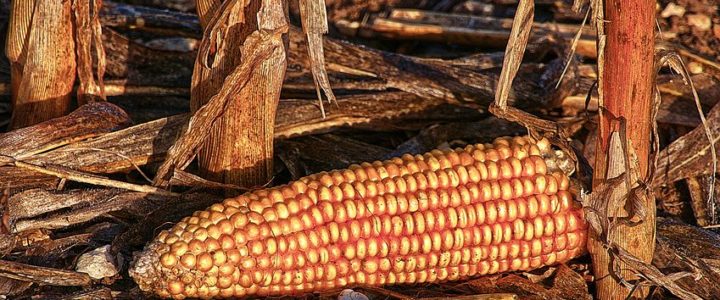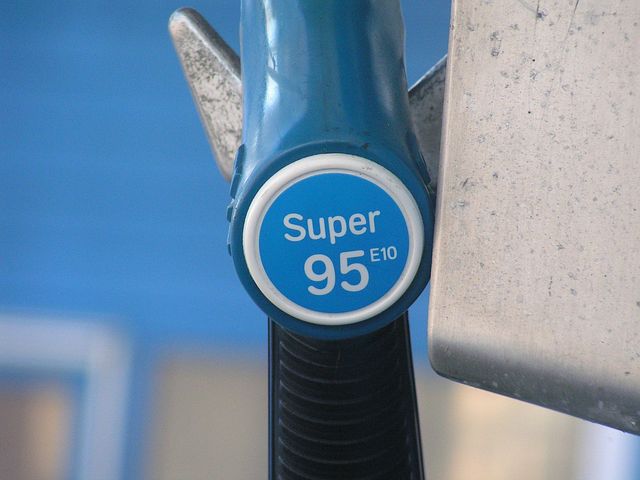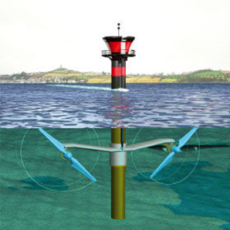
Bioenergy refers to the production of energy from biomass. And biomass is organic material which comes from plants and animals. This material contains stored energy from the sun. When biomass is burned, it releases the energy as heat. Biomass can be burned directly for this heat creation, or converted to liquid biofuels or biogas. A vast array of materials can be used as biomass: wood and wood processing wastes; agricultural crops and waste; food, yard and wood waste in garbage; animal manure and human sewage. Biomass takes carbon out of the atmosphere as it’s growing, and returns it when it’s burned, so if managed on a sustainable basis, biomass is harvested as part of a constantly replenishing crop. An example of this would be a program of replanting new growth, which takes up the CO2 from the atmosphere whilst being simultaneously released from burning the previous harvest.
So lets have a closer look at the products of biomass.

Biofuels: There are two main types: biodiesel and ethanol. These have actually been in production for many years. Ethanol has historically needed large scale monoculture farming, which has led to criticisms around food prices being driven up and land degradation. Now ethanol is being produced from algae, which addresses this issue in part. But algae takes a long time to form, and isn’t very efficient at synthesizing CO2. Until now. Researchers funded by ExxonMobil have discovered a way to genetically modify the algae to double the rate of CO2 absorption; and another group of researchers at Washington State University have found a way of growing algae in days, not weeks. These are very big advancements for the biofuel industry – and for consumers. Algae must be converted to biofuel in a different manner to the crops of sugar cane and soybean often used, through a process called ‘pyrolysis’. This produces biochar and various oils. The biochar is also a hugely beneficial product. It’s a valuable soil additive, and it survives in the soil for thousands of years – thereby becoming a semi-permanent way of capturing carbon. The other biofuel, biodiesel, is produced from vegetable oils, animal fats and greases (like recycled restaurant grease) and can be used in vehicles and as heating oil. Pure biodiesel is non-toxic, biodegradable and produces lower levels of air pollutants than petro-diesel.

Biogas: This can be formed when paper, food scraps and yard waste decompose in landfills. It can also be produced by processing sewage and animal manure in special ‘digesters’. Anaerobic bacteria occur naturally in soils, water bodies like swamps and lakes, and in the digestive tract of animals (including humans). These bacteria ‘break down’ the biomass, which is similar to the fermentation reactions when producing beer and wine (though thinking of it like that makes my next beer seem slightly less appealing), and produces a gas composed mostly of methane and carbon dioxide. The fact that biogas can use animal manure and human sewerage gives it quite an advantage over the biofuels: animal/human effluent is very high in nitrogen, which when in oxygenated environments gets converted to nitrogen dioxide – which is better at trapping heat in the atmosphere than carbon dioxide. Methane is also a very damaging greenhouse gas. But by producing biogas, the production of nitrogen dioxide is avoided; and the methane produced is not released into the atmosphere, because it is burned (therefore only producing carbon dioxide and water).
Bioenergy, at first glance, seems like a great renewable energy solution. But in fact, there are some very serious concerns. Land use (including deforestation; land misuse and degradation); high levels of emissions; and low energy output all mean the transition to bioenergy is fraught with challenges – expensive and prolonged challenges. Like with everything in life, however, and certainly everything to do with the saving this fragile planet, we can’t afford to shy away from challenges, and small wins are still wins nonetheless. So genetically modified algae is a good start.




